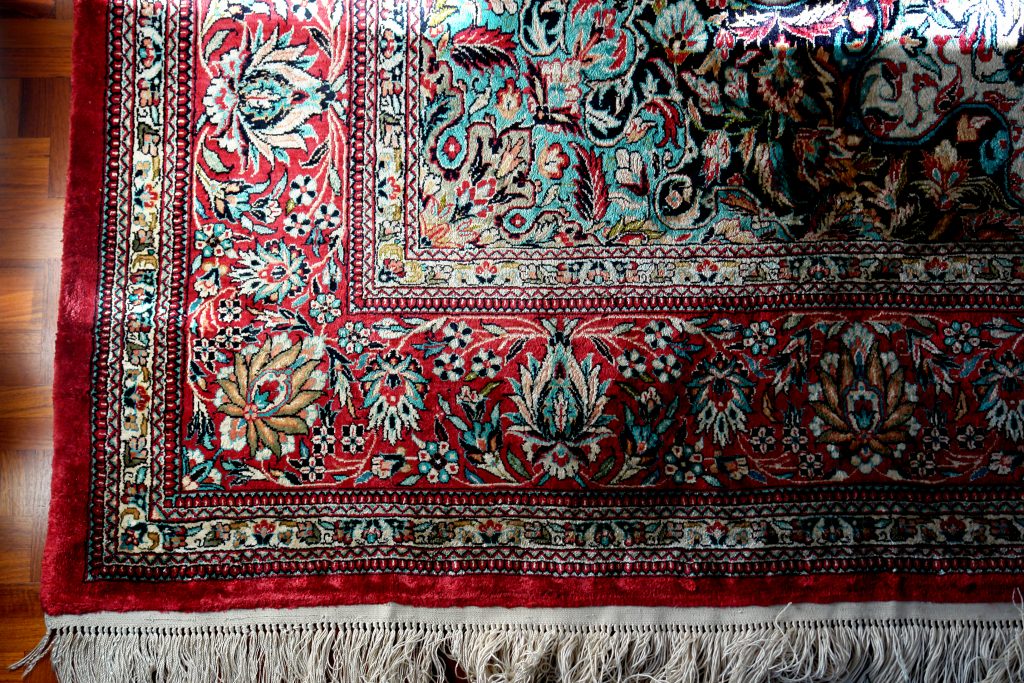Image Source: Flickr
Until now there’s still a huge debate about whether carpet is or isn’t bad for allergy sufferers. There are researches that state its property to trap allergens as a good thing, because it’s easier to eliminate, rather than have it circulate in the air as with hardwood and other flat surface flooring. But some people still beg to differ. Currently, allergy-friendly carpets and vacuums are available. Here are some tips regarding how to make your carpet allergy-friendly:
What Kind of Carpet is Best?
Today, there are many carpets made of synthetic materials. These are much better for allergy sufferers because the materials repel allergens. The most effective allergy-controlling carpet fibers are nylon. The least effective are wood because allergens and mold thrive there. In addition, shag carpeting should be avoided because the shorter the strands the less area there is for particles to be trapped in. Similarly, more tightly woven strands are also better at keeping allergens away. Furthermore, it’s important to purchase carpeting with a low VOC level to ensure your home is safe of toxic emissions which, aside from more serious health issues, can also cause allergic reactions. Source: Networx
An Ounce of Prevention
Place an entrance mat at each entry door and wipe feet before entering the home. Remove your shoes while inside so less dirt, pollen and naturally occurring allergens do not get tracked throughout your home. Remove allergens trapped in your carpet by weekly vacuuming using a vacuum with a high-efficiency particulate air filter. Vacuums with HEPA filters trap tiny particulates, while a vacuum without one recirculates these particles, acerbating allergic reactions. Deep clean your carpets every 12 to 18 months to remove deeply embedded allergens for the best results. Source: SFGate
Vacuum Filtration System
No matter the type of vacuum cleaner you choose, its filtration system must be impeccable. No dust should escape from vacuum cleaner’s exhaust system. These days, many vacuum cleaners come with a good post motor HEPA filter and in some models, the entire airflow is sealed. Washable filers usually degrade over time, so make sure you replace these regularly. Some of the latest vacuum cleaners even have a “clean filter” indicator that alerts you when it’s time to change the filters. Source: VacuumsGuide



